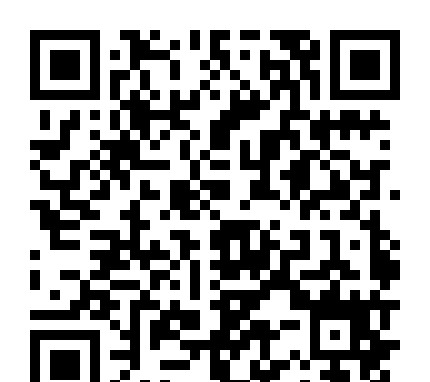职称英语卫生类补全短文原文模拟第1篇
|
阅读下面的短文,每一篇中有5处空白,文章后面有6组文字,请根据文章内容选择 5组文字,将其分别放回文章原有位置,以恢复文章原貌。每个试题计2分,共计10分 Chest Compressions: Most Important of CPR1 Cardiopulmonary resuscitation, or CPR, can save the life of someone whose heart has stopped. The condition is called cardiac arresta. The heart stops pumping blood. The person stops breathing. Without lifesaving measures, the brain starts to die within four to six minutes. CPR combines breathing into the victim's mouth and repeated presses on the chest._______. However, a new Japanese study questions the usefulness of mouth-to-mouth breathing. The study was published in the British medical magazine, The I, ancet3. Doctors in Tokyo led the research. It examined more than four thousand people who had suffered cardiac arrest. In all the cases, witnesses saw the event happen. More than one thousand of the victims received some kind of medical assistance from witnesses. Seven hundred and twelve received CPR. Four hundred and thirty-nine received chest presses only______The researchers say any kind of CPR improved chances of the patient's survival. But, they said those people treated with only chest presses suffered less brain damage. Twenty-two percent survived with good brain ability _______. The American Heart Association4 changed its guidelines for CPR chest presses in 2005. ______Gordon Ewy is a heart doctor at the University of Arizona College of Medicine in Tucson. He wrote a report that appeared with the study. Doctor Ewy thinks the CPR guidelines should be changed again. He said the heart association should remove rescue breaths from the guidelines. He argues that more witnesses to cardiac arrests would provide treatment if rescue breaths are not a part of CPR, He says this would save lives______. Cardiac arrest kills more than 300,000 people in the United States every year. The American Heart Association says about ninety-five percent of victims die before they get to a medical center. 词汇: chest/tFest/n.胸,胸廓 compression/kEm5preF(E)n/n.压迫;加压 pump/pQmp/泵vt.压出 lifesaving/adj/.救生的n.救生 (法) press/pres/n.压,按 Tokyo/5tEukjEu/n.东京(日本) witness/5witnis/n.目击者;证人v.见证,作证rescue/5reskju:/n.救援,营救guildline/^ild/n.方针,准则 练习: A So far, we have not known exactly yet whether mouth-to-mouth breathing is really useless in CPR. B Only ten percent of the victims treated with traditional CPR survived with good brain ability. C CPR keeps blood and oxygen flowing to the heart and brain. D His studies show that many people do not want to perform mouth-to-mouth breathing on a stranger for fear of getting a disease. E It said people should increase the number of chest presses from fifteen to thirty for every two breaths given. F No mouth-to-mouth rescue breaths were given to them. 答案与题解: 1 C 本空白处的前一句是介绍CPR是什么,而六个选项中,C项也是介绍CPR的,因此放在一起是恰当的。 2 F 本空白处的前一句说“439位病人仅仅接受了胸腔按压”,而第一段说过,“CPR包括胸部按压和白对口呼吸”,可见F项说“没做口对口呼吸的急救措施”是补充说明前一句的。 3 B 本空白处的前面两句说到,只用胸部按压抢救过来的人大脑受损比较小,存活下来的人中有22%大脑功能良好,接下来这一句肯定是要与传统的两种方法结合的抢救模式作对比,选项B正好是这样的内容。 4 E 本空白处的前一句是说美国心脏协会于2005年修改了CPR中胸部按压的指导准则,空白处的后面又没有提到如何修改,选项E正好填补了这个内容。而且还要注意,选项E中的It said只能适用于American Heart Association,其他空白处均不合适。 5 D 这一段都是叙述心脏疾病医生Gordon Ewy的观点,在其他地方都没有提到他,因此选项D His studies show…实际上已经为我们提供了答题的线索,内容也能前后衔接。 |








